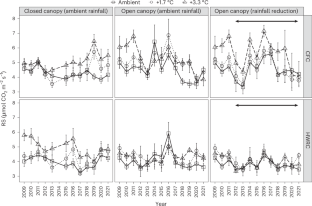2024-08-26 ブラウン大学
<関連情報>
- https://www.brown.edu/news/2024-08-26/dark-matter-lz
- https://journals.aps.org/prl/abstract/10.1103/PhysRevLett.131.041002
LUX-ZEPLIN(LZ)実験による初のダークマター探索結果 First Dark Matter Search Results from the LUX-ZEPLIN (LZ) Experiment
J. Aalbers et al. (LUX-ZEPLIN Collaboration)
Physical Review Letters Published 28 July 2023
DOI:https://doi.org/10.1103/PhysRevLett.131.041002
Abstract
The LUX-ZEPLIN experiment is a dark matter detector centered on a dual-phase xenon time projection chamber operating at the Sanford Underground Research Facility in Lead, South Dakota, USA. This Letter reports results from LUX-ZEPLIN’s first search for weakly interacting massive particles (WIMPs) with an exposure of 60 live days using a fiducial mass of 5.5 t. A profile-likelihood ratio analysis shows the data to be consistent with a background-only hypothesis, setting new limits on spin-independent WIMP-nucleon, spin-dependent WIMP-neutron, and spin-dependent WIMP-proton cross sections for WIMP masses above 9 GeV/c2. The most stringent limit is set for spin-independent scattering at 36 GeV/c2, rejecting cross sections above 9.2×10−48 cm2 at the 90% confidence level.



